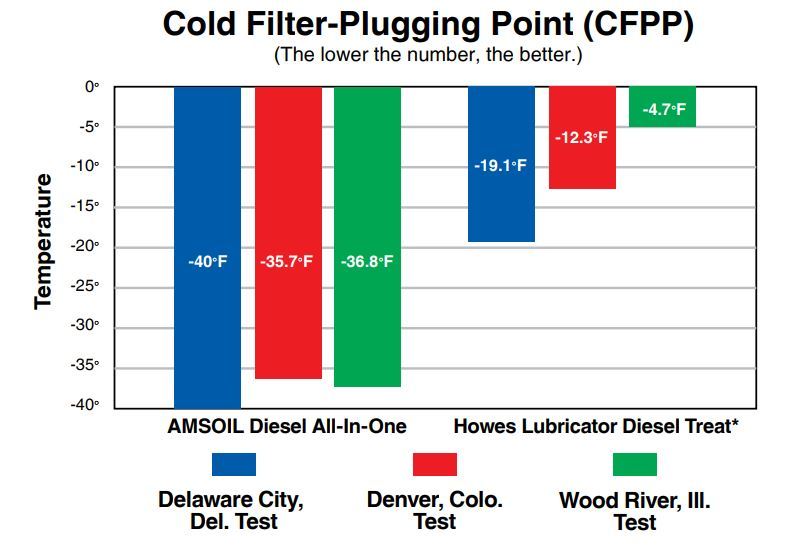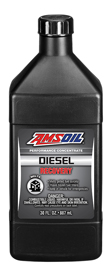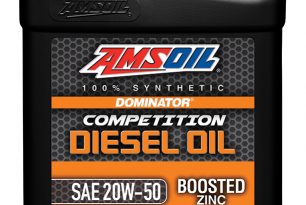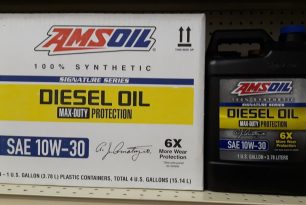Preventing Diesel Fuel Gelling
We diesel burners get a little more uptight in the winter over what comes out of the green-handle pump at the fuel station. Diesel owners know that winter can mean diesel fuel gelling. That’s when diesel fuel freezes, rendering our trucks useless and, in some situations, costing us a boatload of money in repairs.
In this post, I’m going to explain why diesel fuel can gel or become frozen and what you can do to prevent it and keep your truck rolling all winter.
What causes diesel fuel gelling?
Diesel contains naturally occurring wax that solidifies in cold temperatures. Normally the wax is a liquid in fuel and is important, so we definitely want it in the fuel.
When temperatures drop, however, wax crystals form and cling to one another.
As temperatures continue to decrease, formation continues until it restricts the flow of fuel through fuel filters, eventually stalling the engine. Depending on the fuel, gelling can occur at temperatures barely below 32ºF (0ºC).
Check out the video to see what happens when diesel fuel gels.

#1 and #2 diesel fuel
The fuel refineries do a pretty good job of blending winter-rated diesel fuel that avoids gelling. To produce winter-blend diesel, they often mix some percentage of #1 diesel fuel with #2 diesel fuel.
Why, you ask? Because diesel #1 contains less wax and offers cloud and pour points of typically -20ºF (-29ºC) or colder, making it preferable in cold weather.
Cold-filter-plugging point (CFPP) & other terms
So, what do “cloud point” and “pour point” mean, anyway? They’re a couple important terms people use when talking about diesel cold-weather performance.
- Cloud point – The temperature at which wax crystals begin to form in diesel fuel. This is normally around 32ºF (0ºC) for #2 diesel fuel, but can be as high as 40ºF (4ºC).
- Cold-filter-plugging point (CFPP) – The point at which wax crystals allowed to form in untreated diesel fuel clog the fuel filter. Most diesel owners call this “gelling.”
- Pour point – The lowest temperature at which fuel maintains its ability to flow.
The ultra-low-sulfur diesel (ULSD) at every pump must meet certain CFPP characteristics to protect drivers.
However, refiners typically base the fuel’s cold-weather performance on temperature projections that don’t leave room for sudden and violent temperature swings. Where I live in northern Minnesota, the temperature can drop from 40ºF (4ºC) at lunch time to zero by the time I head home after work.
It’s possible the fuel at the station where I plan to fill up the next morning doesn’t yet have fuel blended for such cold temperatures.
Or, how about the trucker who starts a run in Kansas City, where it’s 50ºF (10ºC) and he filled up with #2 diesel, but ends in Duluth, Minn., where it’s -10ºF (-23ºC)? Then what?
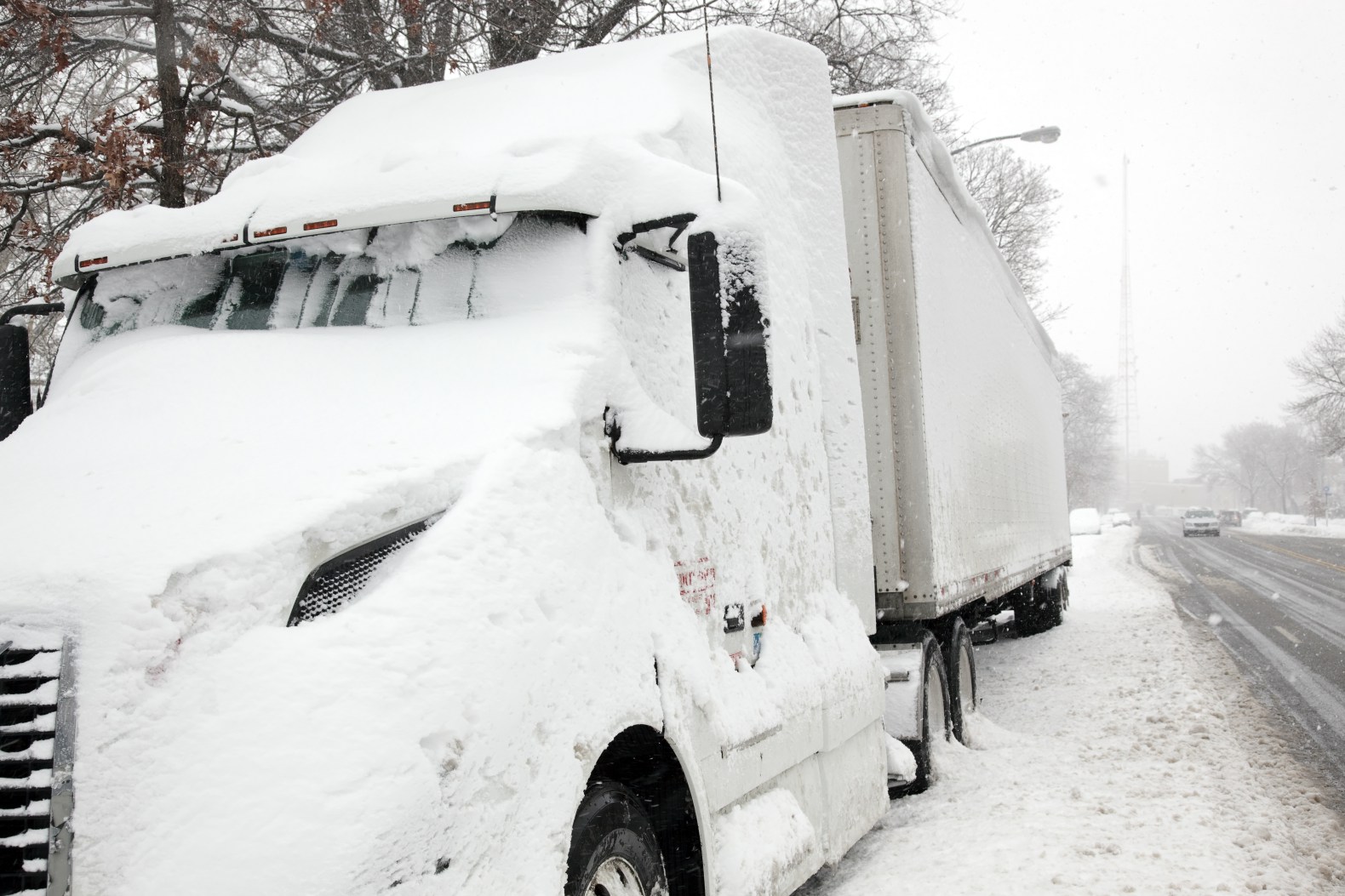
Use cold-flow improvers to prevent diesel fuel gelling
Let’s be proactive and turn the mirror on ourselves. There is chemistry available that ensures the wax in your fuel stays liquid so your fuel system can pump fuel to the engine. We call these additives “cold-flow improvers,” and AMSOIL Diesel All-In-One is loaded with them to ensure you don’t run into these issues.
In the fuel industry there is a test called the “Cold-Filter-Plugging-Point Test.” It measures the coldest temperature at which fuel will flow without plugging a filter.
In independent testing, AMSOIL Diesel All In One provides as much as 32ºF better protection against cold-temperature diesel fuel gelling than Howes Lubricator Diesel Treat*? You know – Howes, one of the largest diesel fuel additive companies in the U.S.
Diesel All-in-One ensures the fuel remains flowing and your truck keeps rolling no matter how frigid the weather.
Some might say, “That doesn’t matter…Howe’s has a free-tow guarantee that’ll cover me if I’m ever stranded.” That’s no guarantee; that’s an insurance policy, and they hope not to use it. If you want a real guarantee, use AMSOIL Diesel All-In-One to ensure you don’t have to call for a tow.
Plus, it doesn’t just give you optimum chemistry for cold weather. Oh, no sir/ma’am. It also delivers…
- Optimum detergency to help keep the fuel injectors and combustion chamber clean
- Lubricity to lubricate the fuel pump and injectors
- A four-point cetane boost to provide extra help at startup and improve combustion efficiency for improved power and fuel economy
If it’s gelled, now what?
Clogged filters and frozen diesel are a huge hassle, especially for truckers or fleets that needs vehicles running to make money.
AMSOIL Diesel Recovery quickly dissolves gelled fuel to allow the operator to continue driving with minimal downtime. AMSOIL Diesel Recovery separates the molecular bonds of wax crystals that have agglomerated in diesel fuel. It thaws frozen fuel filters and reduces the need for a new filter, saving money and preventing an inconvenient trip to an auto parts store.
*Based on independent testing in July 2017 of AMSOIL Diesel All-in-One and Howes Lubricator Diesel Treat using diesel fuel representative of the U.S. marketplace and Howes’ recommended treat ratio for above 0°F.


